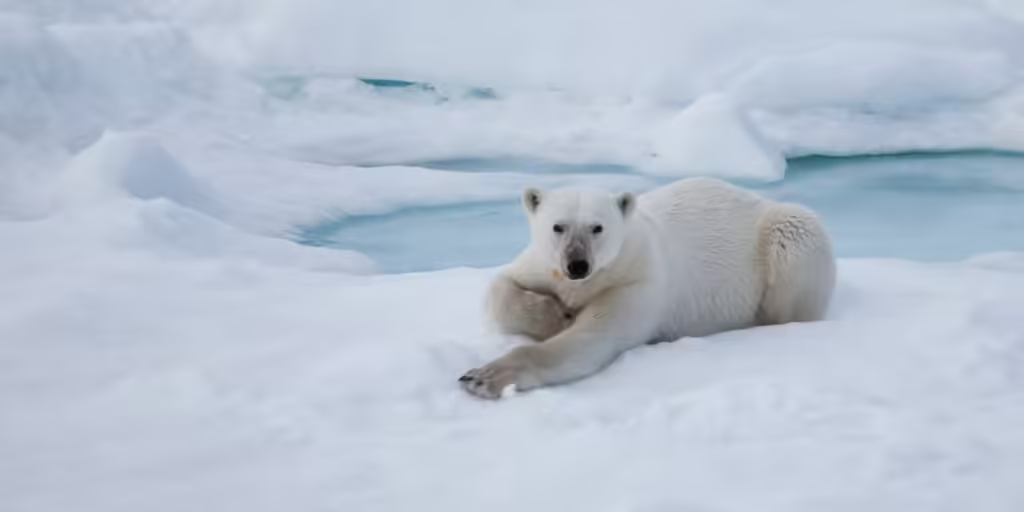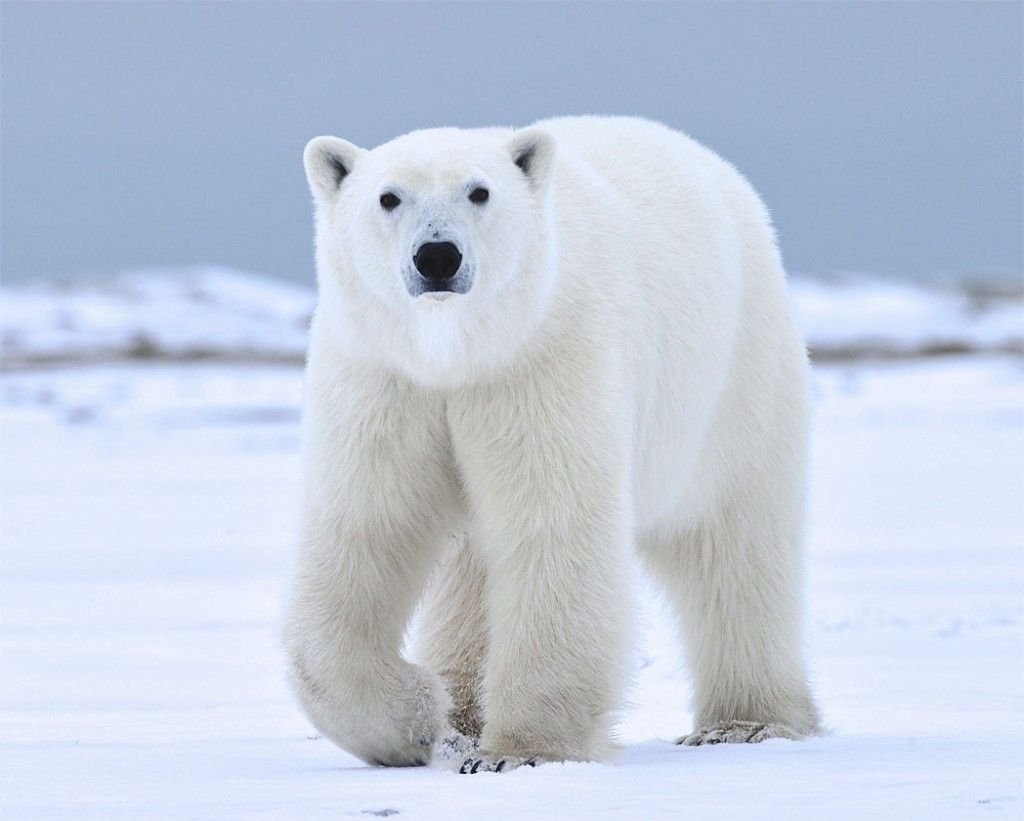Introduction
Polar bears are fascinating creatures known for their ability to thrive in some of the world’s coldest environments. While they are primarily associated with the Arctic regions, these majestic animals occasionally venture to Iceland. This overview explores the characteristics of polar bears, their presence in Iceland, their survival challenges, and the importance of conservation efforts.
1. Characteristics of Polar Bears
1.1. Physical Features
- Size and Appearance: Polar bears are the largest land carnivores, with adult males weighing between 600 and 1,500 pounds (about 270 to 680 kg). They have a thick layer of blubber and dense fur that keeps them insulated from the cold.
- Coloration: Their fur appears white, which provides camouflage in snowy environments, although it is actually transparent and hollow. Underneath, their skin is black, which helps absorb sunlight for warmth.
1.2. Adaptations
- Swimming Ability: Polar bears are strong swimmers and can cover long distances in water. Their large front paws are well-adapted for paddling, allowing them to swim several miles at a time.
- Hunting Skills: They primarily hunt seals, waiting patiently by breathing holes in the ice or breaking through the ice to catch their prey.
2. Polar Bears in Iceland
2.1. Occasional Sightings
- Visiting Iceland: While polar bears do not have permanent populations in Iceland, they sometimes appear, particularly during the summer months when ice is melting in their primary habitats. Bears may swim to Iceland from Greenland or the Arctic in search of food and land.
2.2. Historical Context
- Past Sightings: Reports of polar bears on Icelandic shores date back centuries. While sightings are rare, they can capture significant attention due to the bears’ majestic nature and the challenges they face.
3. Survival Challenges
3.1. Food Scarcity
- Hunting in Iceland: Polar bears rely on sea ice to hunt seals, their main food source. In Iceland, the lack of stable ice limits their ability to find food, making survival difficult.
3.2. Climate Change Impact
- Melting Ice: Climate change is a major threat to polar bears. As global temperatures rise, ice in the Arctic melts faster, reducing the habitat available for hunting. This drives bears to travel farther, sometimes leading them to unexpected locations like Iceland.
- Changing Ecosystems: The impact of climate change on marine ecosystems affects the availability of seals, further complicating the bears’ ability to find food.

4. Conservation Efforts
4.1. Monitoring and Protection
- Icelandic Authorities: Iceland has measures in place to monitor polar bear sightings and ensure both bear and human safety. Authorities often track polar bears that land on the island to understand their behavior and movements.
4.2. International Initiatives
- Global Conservation: Many organizations work internationally to protect polar bears and their habitats. Conservation efforts focus on sustainable practices and raising awareness about the effects of climate change.
4.3. Public Education
- Raising Awareness: Educating the public about the importance of polar bears in the ecosystem and the threats they face is crucial for their conservation. Initiatives include promoting responsible tourism and supporting policies that protect Arctic environments.
5. Cultural Significance
5.1. Symbolism
- Cultural Icons: In many cultures, polar bears symbolize strength, resilience, and the harsh beauty of the Arctic. They appear in folklore and stories, representing the relationship between humans and nature.
5.2. Tourism and Interest
- Attraction for Tourists: Polar bears draw interest from tourists and wildlife enthusiasts, highlighting the need for responsible practices to protect their habitats while allowing people to appreciate their beauty.
Conclusion
Polar bears are remarkable animals that symbolize the Arctic’s wild beauty and the challenges it faces due to climate change. While they occasionally visit Iceland, their survival is increasingly threatened by the loss of ice and food scarcity. Understanding their role in the ecosystem and promoting conservation efforts is essential to ensuring that these incredible creatures continue to thrive in their natural habitats, including the rare visits they make to Iceland. By raising awareness and taking action, we can help protect polar bears for future generations.




